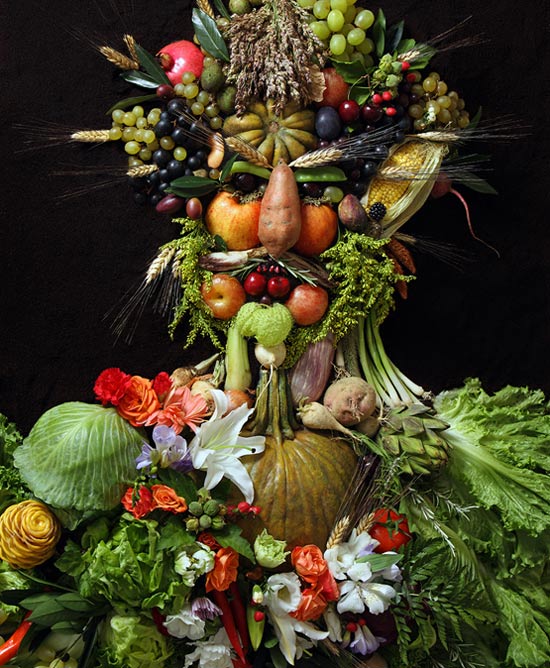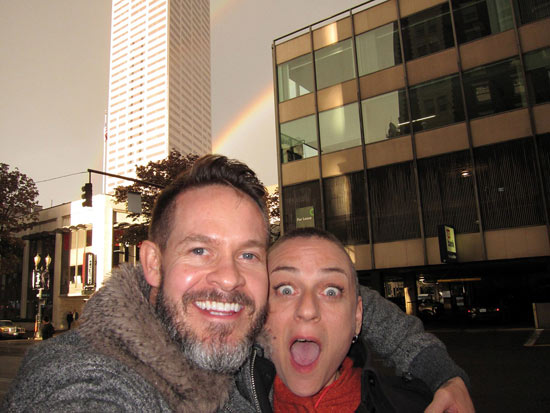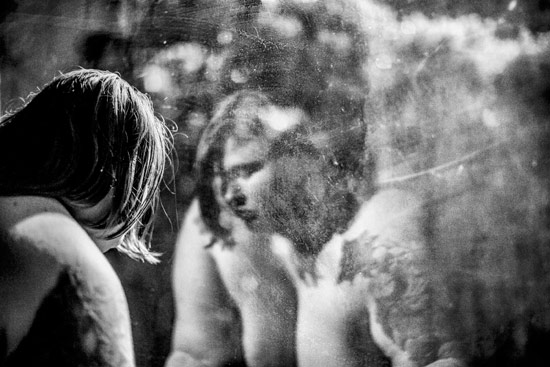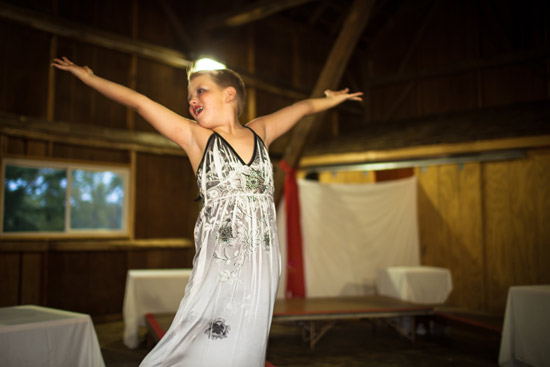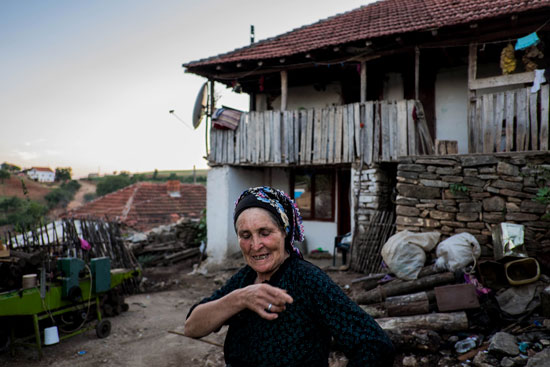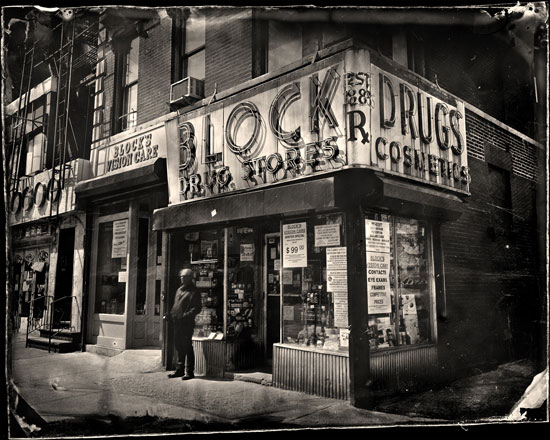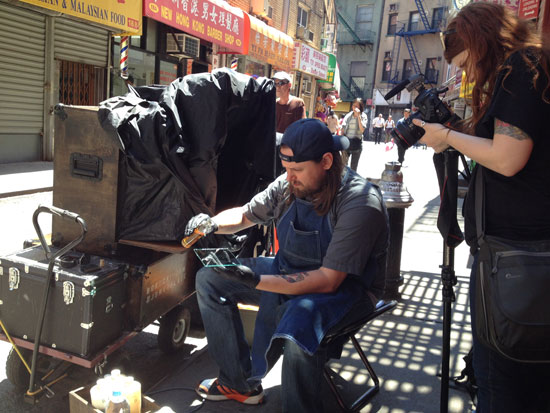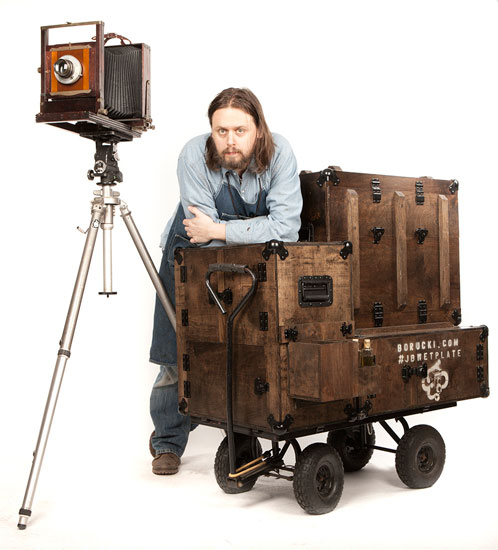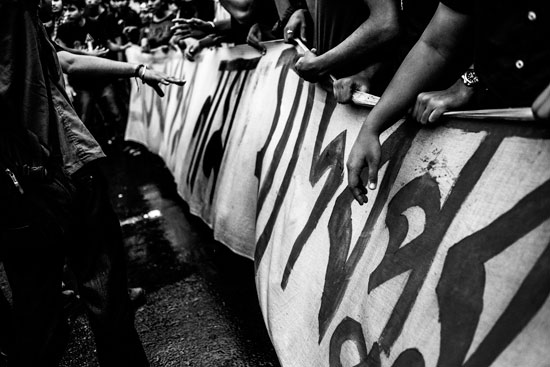
In September 2014 a young woman was molested and her boyfriend beaten up by 10 fellow students of Jadavpur University, Kolkata. The general student body demanded an unbiased investigation but were denied. Protests followed in Kolkata, and other cities. The police were called in and beat the protesters.
Avinandan Sthanpati is in Kolkata and recorded one of the demonstrations.
"...The general students' body of the university demanded an unbiased investigation committee. They continued to stay at the campus until the university authorities wanted to talk to them but all in vain. Instead of that, the Vice Chancellor of the university called up the police into the campus at night, who in turn beat up the students mercilessly, irrespective of male and female. Several of the female students were infact molested in the hands of the police. Several students were arrested and taken to the police station.
"But the police had no idea how this action of theirs could backfire on them. The students got united and within an hour, massive numbers of them went outside their campus and sat on the roads just in front of the Jadavpur Police station. With time, their number grew exponentially and students from other universities also started to join them.
"Rapid Action Force were summoned by the police and things were just going to get ugly when the student representatives took a mature decision and decided to go back to the campus only after the arrested students were released from the police custody. The police thought that this was over. They forgot that students were like seeds. They cannot be suppressed by throwing them on the grounds.
"The next week, almost 40,000 students gathered and started a protest march towards the Governor's house , demanding the resignation of the Vice Chancellor. The Governor had a closed door meeting with a few student delegates and assured them that he will look in to the matter on a serious note.
"Three months have passed after that assurance but alas, nothing has been done from his end. Tyranny is still present inside the university. But the students are getting more and more organised day by day and vouching for a revolution on a massive scale.
"This series is a collective of the photographs of the students from the night when they showed protest in front of the police station and also on the night of that historic march.
"I name this series "Hok Kolorob" - "Let's make some noise" (or "Let there be noise" - ed) in accordance with the name that was given to this protest movement. I, along with scores of people all across the world, am in soliditary with "Hok Kolorob.""
